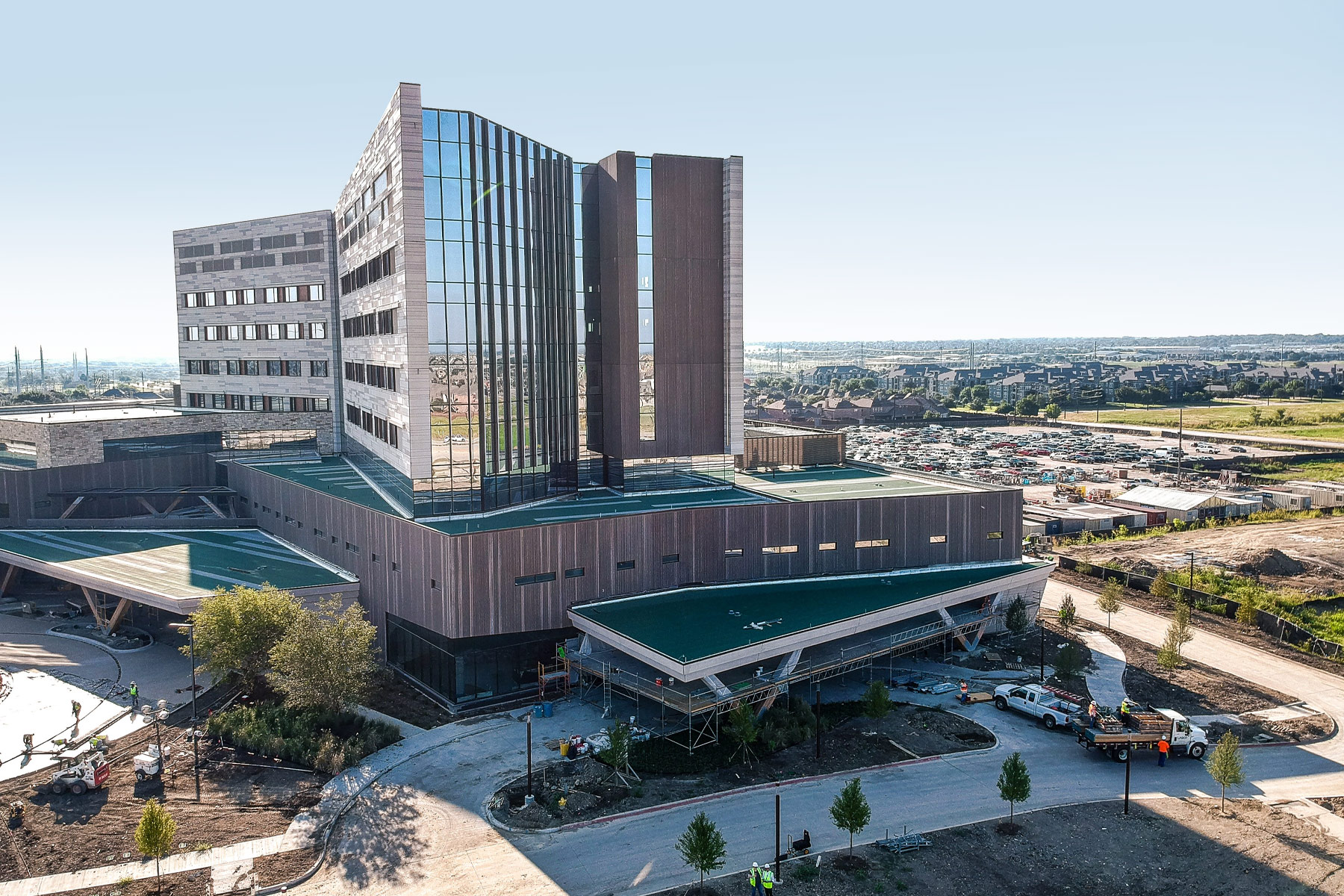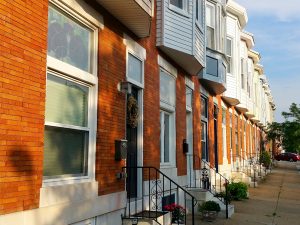- 13 October 2023
- 333
Adapting to Change: The Future of Resilient Real Estate

Introduction
Climate change is no longer a distant threat but a present reality, and the real estate industry is at the forefront of adapting to these changes. This article explores the evolving landscape of resilient real estate, covering innovative strategies, potential impacts on property markets, investment opportunities, and a comprehensive comparative table of climate-resilient properties.
The Impact of Climate Change
Climate change is having a profound impact on the real estate sector. Rising sea levels, extreme weather events, and changing climate patterns are already affecting property values, insurance costs, and the livability of certain regions. The industry is recognizing the need for adaptation and resilience.
Innovative Strategies for Climate Resilience
1. Green Building Practices
Green building practices have become a cornerstone of climate resilience. Developers are incorporating energy-efficient design, renewable energy sources, and sustainable materials into their projects. These features not only reduce a property’s environmental footprint but also enhance its long-term value by reducing operating costs.
2. Coastal and Floodplain Management
In regions vulnerable to rising sea levels and coastal flooding, real estate firms are investing in protective infrastructure. This includes the construction of flood barriers and elevated building designs that can withstand flooding and storm surges. Coastal land management is also a critical component, aimed at minimizing risks associated with sea-level rise and erosion.
3. Insurance-Backed Resilience
Property owners are increasingly turning to insurance policies that provide coverage for climate-related damages. This approach not only mitigates financial risks but also incentivizes climate-resilient property improvements. By reducing the financial burden of climate-related damages, property owners are motivated to invest in resilience.
Comparative Table of Climate-Resilient Properties
Explore the real estate market’s response to climate challenges with a comparative table of climate-resilient properties:
| Property | Location | Green Features | Flood Protection | Energy Efficiency |
|---|---|---|---|---|
| Eco Oasis Residences | Miami, FL | Solar Panels, Green Roof | Flood Barriers, Elevation | Energy-Star Certified |
| Sustainable Urban Lofts | New York, NY | Low-Energy Lighting, | Storm Surge Protection, | LEED Platinum Certified |
| Efficient HVAC | Reinforced Foundations | |||
| Green Haven Estates | Los Angeles, CA | Sustainable Landscaping, | Flood-Resistant Design | Smart Home Systems |
| Energy-Efficient HVAC | ||||
| Waterfront Eco Village | Seattle, WA | Geothermal Heating, | Flood-Resistant Features | Solar Power |
| Rainwater Harvesting | Elevated Structures | |||
| Leafy Retreat Homes | Portland, OR | Passive Solar Design, | Coastal Land Management | Energy-Efficient Windows |
| Energy-Efficient Insulation |
(Note: Features are subject to property-specific variations.)
Potential Impacts on Property Markets
The real estate market is experiencing changes due to climate challenges. Properties that demonstrate climate resilience are becoming more attractive to buyers and investors. Conversely, properties in high-risk areas may face reduced demand and declining values. This shift in demand underscores the changing priorities of property buyers and investors.

Investment Opportunities
Real estate investors have a unique opportunity to invest in climate-resilient properties. These investments contribute to a more sustainable and resilient future while potentially offering reduced risks and attractive returns. The growing demand for climate-resilient properties presents a promising market for investors who understand the pressing needs of the environment and society.
The Road to a Resilient Future
The real estate industry is on a critical journey toward a more resilient and sustainable future. The innovative strategies being employed, the potential impacts on property markets, and the investment opportunities provide a roadmap for the industry to navigate the multifaceted challenges posed by a changing climate. The sector is uniquely positioned to lead the way in building a more sustainable and climate-resilient future, recognizing the interconnectedness of environmental health and property market stability, necessitating immediate action.

